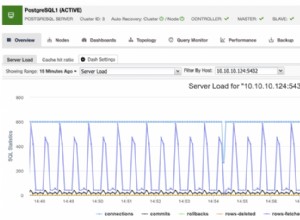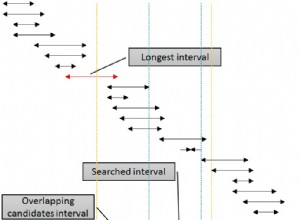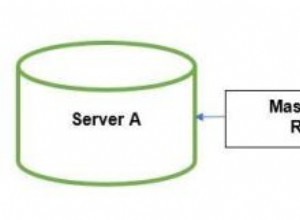Có 100 ví dụ pivot trên SO vì vậy tôi muốn chỉ ra một cách mà bạn có thể làm điều này, cách này không tốt bằng pivot, nhưng hiệu quả với trường hợp của bạn. Nó có thể không phù hợp với toàn bộ tập dữ liệu của bạn và chỉ dựa trên dữ liệu mẫu của bạn.
Xin lưu ý, dữ liệu thử nghiệm của bạn không cung cấp kết quả mà bạn cho là họ có. Có thể chỉ là lỗi đánh máy trên phụ trang.
create table #Nodes(
Caption varchar(max),
IP_Address varchar(max),
NodeID varchar(max)
);
insert into #Nodes (Caption, IP_Address, NodeID)
values
('dev-srvr', '10.0.0.1', '29023'),
('prod-srvr', '10.0.2.1', '29056'),
('test-srvr', '10.1.1.1', '29087');
create table #Volumes(
Caption varchar(max),
NodeID varchar(max)
);
insert into #Volumes (NodeID, Caption)
values
('29023', '/'),
('29023', '/boot'),
('29023', '/dev/shm'),
('29023', '/home'),
('29056', '/'),
('29056', '/var'),
('29056', '/opt'),
('29087', '/tmp');
select
n.Caption,
n.IP_Address,
v.Caption as Volume
from #Nodes n
inner join #Volumes v
on n.NodeID=v.NodeID
where IP_Address like '10.0%'
;with cte as(
select
n.Caption,
n.IP_Address,
v.Caption as Volume,
ROW_NUMBER() over (partition by n.caption, IP_Address order by n.caption) as RN
from #Nodes n
inner join #Volumes v
on n.NodeID=v.NodeID
where IP_Address like '10.0%')
select
x.caption,
x.IP_Address,
max(Volume1) as Volume1,
max(Volume2) as Volume2,
max(Volume3) as Volume3,
max(Volume4) as Volume4
from(
select
Caption,
IP_Address,
case when RN = 1 then Volume end as Volume1,
case when RN = 2 then Volume end as Volume2,
case when RN = 3 then Volume end as Volume3,
case when RN = 4 then Volume end as Volume4
from cte) x
group by x.Caption, x.IP_Address
drop table #Nodes
drop table #Volumes
SỬ DỤNG DYNAMIC PIVOT
create table #Nodes(
Caption varchar(max),
IP_Address varchar(max),
NodeID varchar(max)
);
insert into #Nodes (Caption, IP_Address, NodeID)
values
('dev-srvr', '10.0.0.1', '29023'),
('prod-srvr', '10.0.2.1', '29056'),
('test-srvr', '10.1.1.1', '29087');
create table #Volumes(
Caption varchar(max),
NodeID varchar(max)
);
insert into #Volumes (NodeID, Caption)
values
('29023', '/'),
('29023', '/boot'),
('29023', '/dev/shm'),
('29023', '/home'),
('29056', '/'),
('29056', '/var'),
('29056', '/opt'),
('29087', '/tmp');
DECLARE @DynamicPivotQuery AS NVARCHAR(MAX)
DECLARE @ColumnName AS NVARCHAR(MAX)
select
n.Caption,
n.IP_Address,
v.Caption as Volume,
'Volume' + cast(ROW_NUMBER() over (partition by n.caption, IP_Address order by n.caption) as varchar(16)) as Cname
--ROW_NUMBER() over (partition by n.caption, IP_Address order by n.caption) as RN
into #staging
from #Nodes n
inner join #Volumes v
on n.NodeID=v.NodeID
where IP_Address like '10.0%'
--Get distinct values of the PIVOT Column
SELECT @ColumnName= ISNULL(@ColumnName + ',','')
+ QUOTENAME(Cname)
FROM (SELECT DISTINCT Cname FROM #staging) AS Cname
--Prepare the PIVOT query using the dynamic
SET @DynamicPivotQuery =
N'SELECT Caption, IP_Address, ' + @ColumnName + '
FROM #staging
PIVOT(MAX(Volume)
FOR Cname IN (' + @ColumnName + ')) AS PVTTable'
--Execute the Dynamic Pivot Query
EXEC sp_executesql @DynamicPivotQuery
drop table #Nodes
drop table #Volumes
drop table #staging




